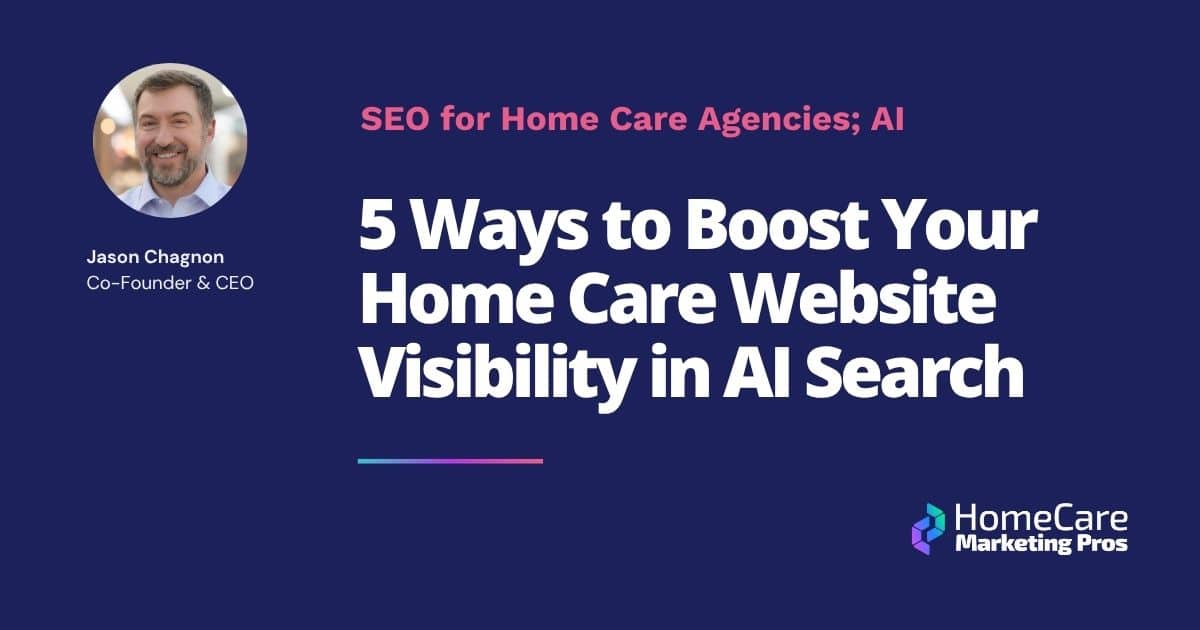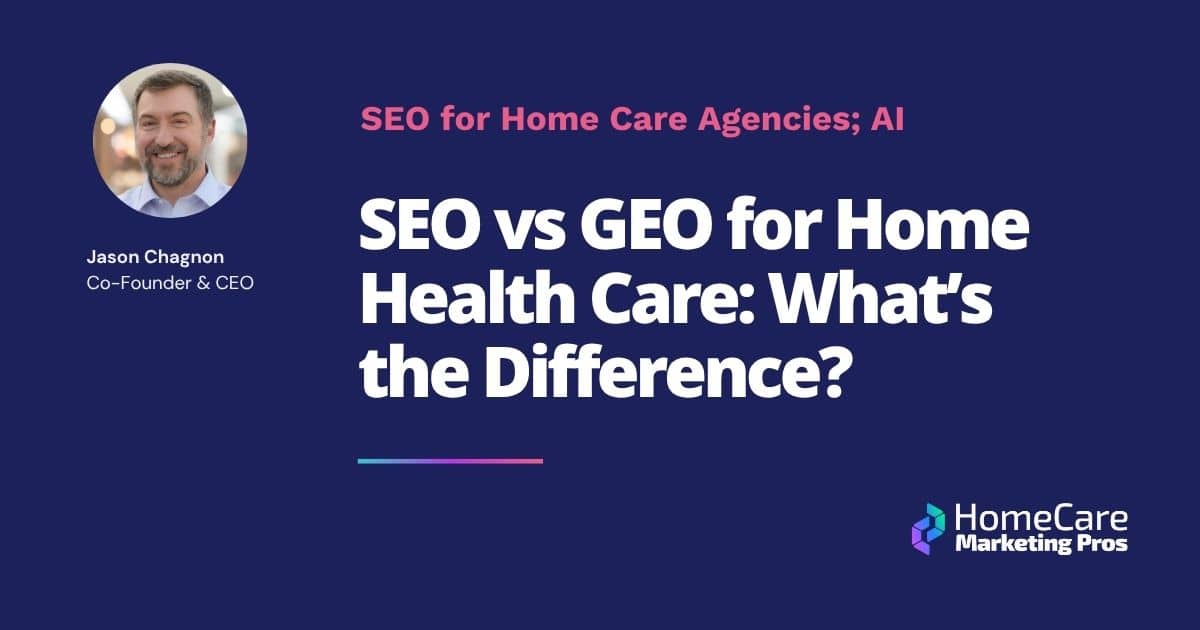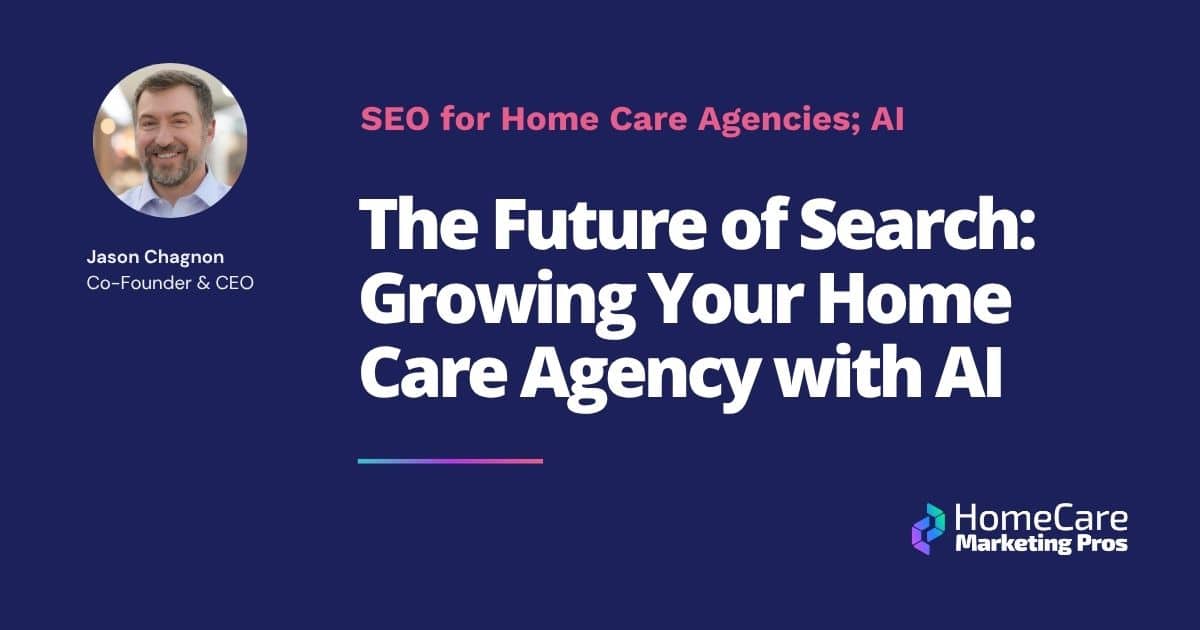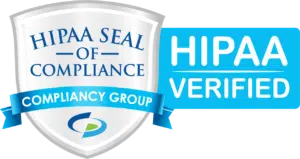7 Ways to Improve Your Home Care Website and Boost Your Search Rankings
Simple steps to improving your home care agency's website so you can rise in the SERPs

The point of having an SEO strategy is so that the people who need you can easily find you: potential clients and qualified caregivers. The most important asset in your home care agency's SEO journey is your website. After all, this is where you ultimately want everyone to go.
There is a myriad of ways to improve the SEO of your in-home care website; here are seven of them you can work on today.
7 ways to boost your home care website's SEO
1. Make sure your site covers the basics
The first step is to make sure your site includes all the must-have pages. These are:
- About us: This page tells visitors about your business. Think of it as a summary of the most important information people need to know about your home care agency. For example, when it was founded and by whom, your philosophy of care, an overview of the services you provide, and the geographic areas you serve.
- Contact: Give potential clients and job-seeking caregivers a way to easily contact you by phone and email.
- Location(s): This should include your office location(s) and the areas where you provide home care services.
- Services: Your “about us” page should include a mention of your services, but on this page, you should go into more detail. Don’t forget to include information about the training and certifications your caregivers have.
- Staff and leadership: Who works at your agency and who leads your teams? Clients, and especially caregivers interested in working with you, want to know the faces behind the company.
- Client testimonials/reviews: Include a few kind words from your clients and their families.
- Careers: Don’t forget to build a page with information about working for your company so you can recruit caregivers to your home care teams, including open jobs, company benefits, application tips, interview information, training opportunities, and care philosophy.
2. If it’s important, put it in the site navigation and footer
The pages that are most important (see number one) should appear in your site navigation, which is the main menu that appears across every page on your site.
Whatever doesn’t easily fit into that top bar, or is secondary, should appear in the footer of your site. For example, your careers page, information about your office locations, company news, etc.
Why does this matter? The navigation menu and footer contain internal links that appear across every page on your site, and Google considers them to be the most important pages. Plus, these make it easier for Google to crawl and index your site more quickly.
3. Make it mobile-responsive
Your site needs to be fast and easy to use on smartphones and tablets.
Google is mobile-first, which means that it primarily uses the mobile version of your website to crawl, index, and rank your site and its content.
Plus, according to Think with Google, 75% of users prefer a mobile-friendly site and 67% percent of mobile users say they’re more likely to buy the products and services of a mobile-friendly site.
4. Improve your site speed
Site speed is how quickly a user is able to see and interact with the pages on your site.
Not only does Google consider site speed when ranking pages on your site, but users are also more likely to bounce when a website doesn’t load quickly, and that can hurt your rankings as well.
Not sure where to start? Check out Google’s tips for increasing site speed.
5. Make sure each page has complete and up-to-date metadata
Metadata is information about the information on your website, hence the “meta.” This includes page titles, descriptions of images, and summaries of the content on your pages.
Metadata tells Google, and in some cases users, about the content on your home care website. Visitors to your site won’t see the metadata while they’re reading the pages on your website, but they will see some of the metadata on a SERP. And most importantly—Google uses this information to rank your pages.
Your metadata should be clear and detailed and should consider the keywords you want to rank for. (Just be careful not to keyword stuff.)
6. Build a strong internal linking strategy
Internal linking is about more than just the site navigation and footer. You should also be linking to your own content throughout the pages on your site, including the “about us” page, the “services” page, and your blog, for example.
7. Know your keywords
Every home care agency should know the keywords it wants to rank for. For example, you might want to rank for home care services in monterey california. If that’s an important keyword to you, it’s worth it to create a page with that very title, loaded with information about the kinds of home care you provide to the Monterey area. If you're targeting senior home care services, then you should build a page that details the senior care services you provide.
The pages on your site, the navigation bar, the footer, and your blog should all include careful and strategic use of your target keywords to give your website the very best chance of ranking.
Need help with your home care marketing plan?
Digital marketing strategies for your home care agency can be extremely difficult to come up with and implement on your own. That's where Home Care Marketing Pros can help! Reach out to us to see how!













